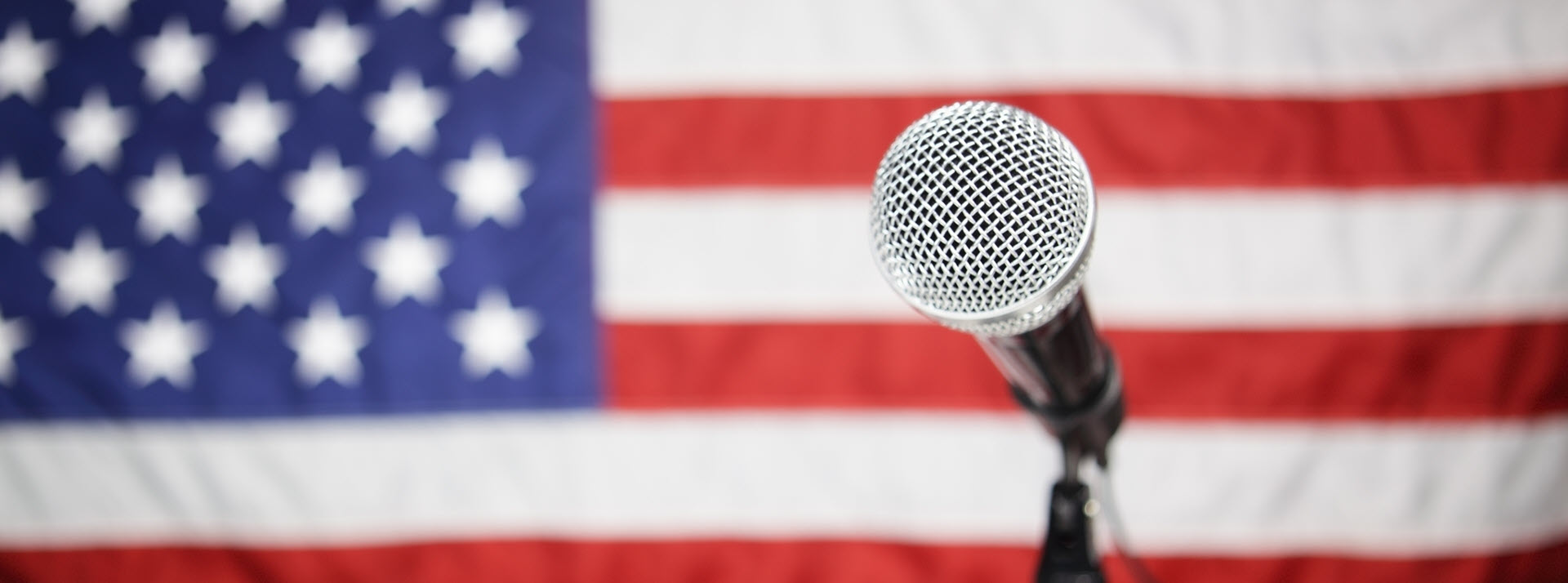
Just how many elected officials are there in the United States in total? It’s an easy question to start answering—you begin with the president and vice president (two), plus Congress (535), then move on to governors (another 50). And if you’re a real elections junkie, you may be aware that there are around 7,000 state legislators nationwide.
But that barely scratches the surface. There are over 3,000 counties and more than 19,000 cities and towns … and almost every one of those has some form of elected government, including county executives, county councils, mayors, and city councils. That still scarcely covers it, though, because that doesn’t include things like judges, school boards, water boards, mosquito control boards (!)—hell, even coroner is an elected position in some places. And in Duxbury, Vermont, they actually elect, yes, the dog catcher.
Once you really start counting, the numbers get very big very quickly. And amazingly, someone actually has tried counting: government Prof. Jennifer Lawless, who assembled the remarkable table below in her 2012 book Becoming a Candidate:

Check out that number in the bottom right-hand corner: over half a million! That means more than one out of every thousand people in this country is an elected official of one sort or another. So there’s a decent chance you personally know at least one—or maybe you even are one yourself—though as Lawless points out, most of these positions “pay only a token salary and meet on a limited basis,” so the vast majority of these officials have other full-time jobs.
(Note: Lawless’ number of “statewide elected offices” appears to contain a typo; it should probably be more like 1,000. That still doesn’t affect the bottom-line number very much, though. Hardcore election junkies may also recall that Lawless once ran for office herself, losing a 2006 primary challenge to Democratic Rep. Jim Langevin in Rhode Island’s 2nd District by a 62-38 margin.)
Hold on, though, because there’s even more. One category Lawless leaves out (not unreasonably) are party officials, who in many states are often elected on primary ballots, alongside candidates for regular office. For instance, in Louisiana, voters elect representatives to the Democratic State Central Committee; New York has something similar called district leaders. How many of these folks are there? We haven’t found a tally anywhere, but the answer is undoubtedly “a lot”—enough to swell that 500,000-plus figure by a fair bit, for sure.
That monstrous number, whatever it may be exactly, prompts some questions of its own, though. For starters, do we have too many elections and elected offices in this country? Surely jobs like judge and coroner should be appointed positions, but beyond that, do we really need so many overlapping layers of government?
But since there are so many opportunities to get elected to office, why do so many people insist on starting for the first time at the highest levels, like state legislature or Congress? Those (relatively) plum posts are just the tip of the elective iceberg and are thus very difficult to win. If you’re considering running for office as a new candidate, there are literally hundreds of thousands of other ways to gain a foothold, build up your experience, and serve your community.
And for progressives in particular, especially if you live in a red area, this is how we build our power—not by sending our rookies to wage longshot bids for top-shelf positions but by bulking up our bench in every nook and cranny of the electoral world. Rep. Mike Honda, a vocal progressive this community supported in his re-election bid last year, started his career as a school board member, for instance. The next Mike Honda is waiting out there, and she may even be reading this post.
This post was written by David Nir and originally appeared in the Daily Kos on March 29, 2015.
